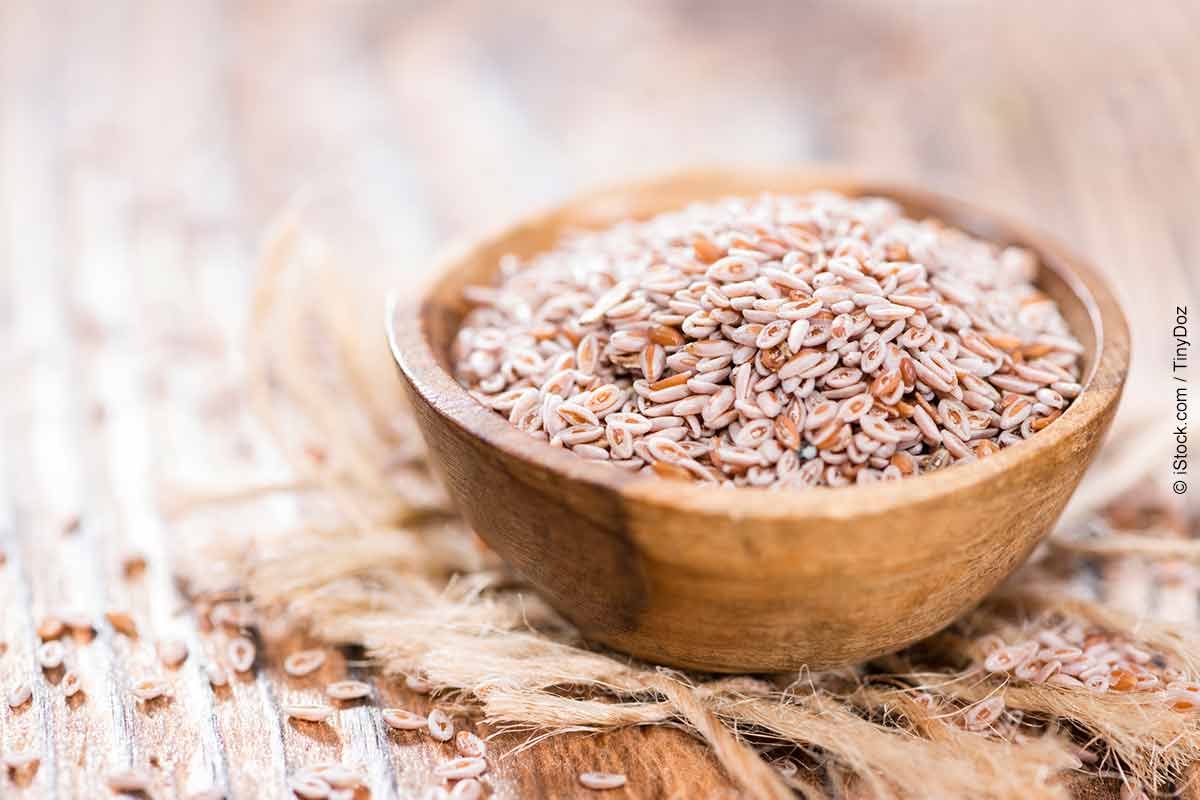9 Benefits of Adding Fiber to Your Diet
6,965 views

By Dr. Mercola
A recent report by the Council for Responsible Nutrition (CRN) Foundation presented an important finding: You only need to consume only 30 cents’ worth of fiber supplements daily to lower your risk of chronic heart disease (CHD).
The potential value of this finding is astounding. Psyllium fiber could have saved Americans an estimated amount of $35 billion in healthcare costs between 2013 and 2020.
These savings are derived almost entirely from a reduction of CHD-related events. This is remarkable news, as it shows that taking psyllium fiber is an economically viable option to improve your health.
Maximizing the Goodness of Fiber
There are two forms of fiber:
- Soluble fiber — Found in cucumbers, blueberries, beans and nuts. Soluble fiber dissolves into a texture similar to gel, slowing down your digestion. This results in you feeling full longer, helping you control your weight.
- Insoluble fiber — Found in dark green leafy vegetables like celery, green beans and carrots. It does not dissolve and adds bulk to your stool. Insoluble fiber helps digested food move through your digestive tract quicker, resulting in healthy, regular elimination of waste.
The generally recommended daily intake of fiber is between 20 and 30 grams. However, I believe that 50 grams of fiber per 1,000 calories is a better guide for a well-balanced intake.
The 9 Wonders of Fiber, Explained
As discussed above, fiber is a good way to reduce your risk of CHD, but there’s a lot more fiber can do for you. Recent research has brought the following benefits of fiber to light:
- Blood sugar control: Soluble fiber can help slow the absorption of sugar in your body, leading to reduced insulin resistance.
- Heart health: Eating a diet high in fiber can lower your risk for heart disease by 40 percent.
- Stroke: Consuming fiber on a daily basis can lower your risk of stroke by 7 percent.
- Weight loss management: Fiber may help in weight loss, as it releases a fatty acid called acetate, which travels to your brain and gives you the signal to stop eating.
- Skin health: Fiber helps in keeping your skin clean, as it flushes yeast and fungus out of your body, thereby preventing acne and rashes.
- Diverticulitis: Consuming insoluble fiber may reduce intestine inflammation by 40 percent.
- Hemorrhoids: In relation to the previous point, fiber may also help in lowering your risk for hemorrhoids.
- Irritable bowel syndrome (IBS): Fiber can also provide relief for people with IBS.
- Gallstones and kidney stones: Since fiber has the ability to regulate sugar levels, it may also help reduce the risk of acquiring gallstones and kidney stones.
Best Source of Fiber: Organic Fruits and Vegetables
I strongly recommend purchasing from certified organic suppliers when purchasing foods rich in fiber. This is the most natural and healthy manner means of obtaining all of the benefits of fiber. If you’re not fond of the aforementioned choices for fiber, here are a few more options that contain both soluble and insoluble fiber.
- Almonds
- Cauliflower
- Broccoli
- Brussels sprouts
Psyllium seed husks are also a good source of fiber. When taken three times a day it can add as many as 18 additional grams of fiber. Again, I must emphasize the importance of making all of your purchases from certified organic suppliers. Conventional farming inundates psyllium seed husks with toxic pesticides which can potentially harm your health.
Incorporating Fiber Into Your Intermittent Fasting Schedule
To further capitalize on the health benefits of fiber, I strongly recommend combining it with intermittent fasting.
If you’re not familiar with intermittent fasting, it essentially involves eating your daily meals within a specific window of time. I highly recommend this protocol as research shows that intermittent fasting:
- Increases your ghrelin levels, helping reduce overeating.
- Switches your energy source from sugar to fat, allowing you to negate the energy crashes associated with sugar.
- Promotes the production of the human growth hormone (HGH), thereby increasing fat burned resulting in weight loss.
Consume your first meal at noon and then schedule the rest of your meals at regular intervals within the next eight hours, while fasting for the rest of the day. By incorporating healthy fiber sourced from organic fruits and vegetables, you’ll be able to control your weight effectively, all the while gaining the benefits of intermittent fasting. It’s a win-win situation.
Combining fiber and intermittent fasting can have lasting positive effects for you. Learn more about burning fat for fuel and get a more in-depth look at psyllium dietary fiber and its economic and health benefits by reading my latest book, Fat For Fuel, and the article “Psyllium Dietary Fiber Could Cut Health Care Costs.”